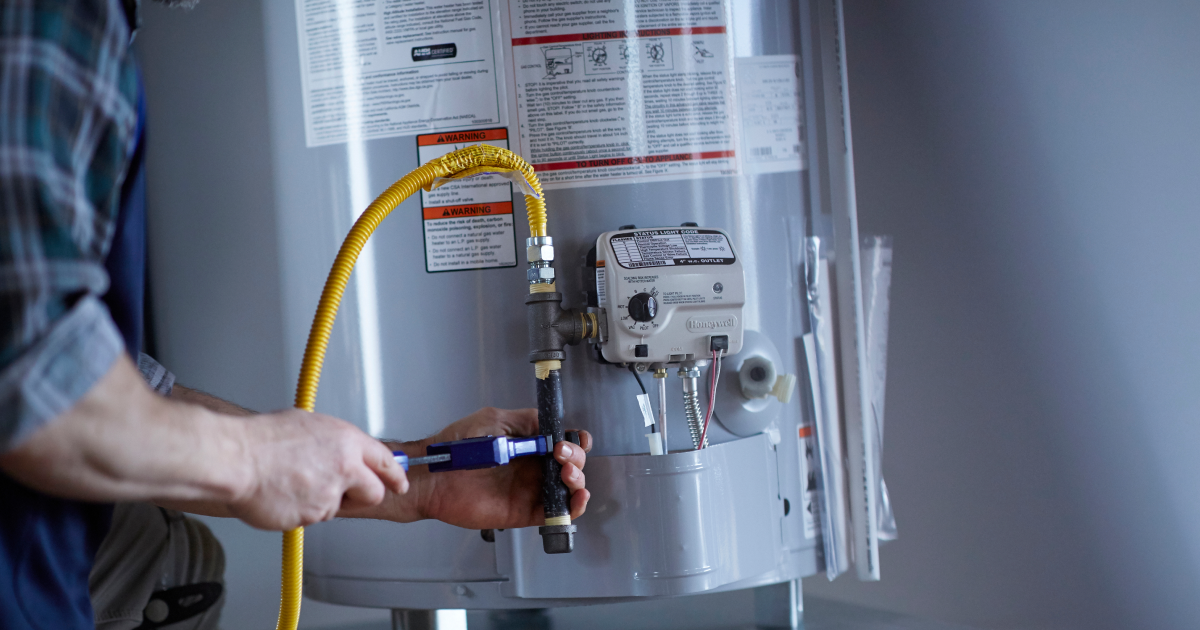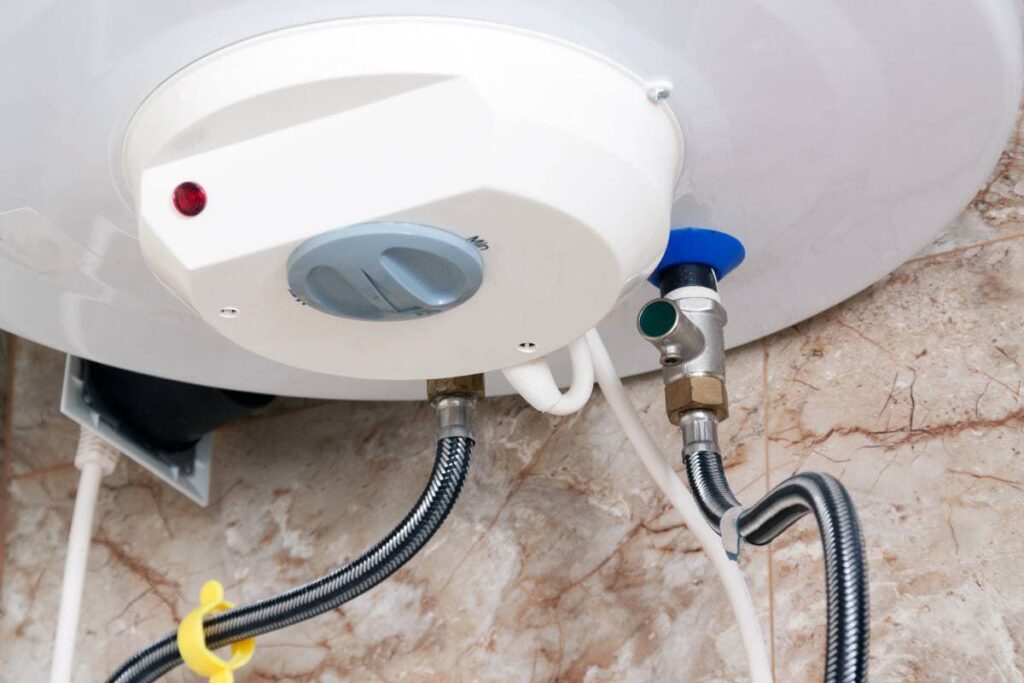Do you find yourself interested in answers about Water Heater Maintenance Tips You Can't Afford to Forget?

Hot water is necessary for day-to-day convenience, whether it's for a revitalizing shower or cleaning recipes. To ensure your warm water system runs efficiently and lasts much longer, routine maintenance is crucial. This write-up provides sensible ideas and insights on exactly how to maintain your home's warm water system to avoid disruptions and costly repairs.
Introduction
Keeping your home's warm water system may seem difficult, yet with a few basic steps, you can ensure it operates efficiently for many years to come. This overview covers everything from understanding your hot water system to do it yourself maintenance pointers and understanding when to call expert assistance.
Significance of Maintaining Your Hot Water System
Routine maintenance not only expands the life expectancy of your warm water system however additionally ensures it operates successfully. Overlooking maintenance can lead to reduced efficiency, higher energy costs, and also early failure of the system.
Indicators Your Hot Water System Demands Upkeep
Recognizing when your hot water system needs interest can protect against significant problems. Watch out for indicators such as inconsistent water temperature level, weird sounds from the heater, or corroded water.
Comprehending Your Warm Water System
Before diving right into maintenance tasks, it's handy to recognize the basic elements of your hot water system. Typically, this includes the hot water heater itself, pipes, anode rods, and temperature level controls.
Monthly Maintenance Tasks
Normal monthly checks can aid catch small problems before they escalate.
Flushing the Water Heater
Purging your hot water heater eliminates sediment accumulation, improving efficiency and lengthening its life.
Checking and Changing Anode Rods
Anode rods avoid rust inside the tank. Checking and changing them when worn out is crucial.
Inspecting and Adjusting Temperature Level Settings
Changing the temperature settings ensures optimal efficiency and security.
DIY Tips for Maintenance
You can execute a number of maintenance tasks on your own to keep your hot water system in top problem.
Checking for Leaks
Routinely check pipelines and connections for leakages, as these can cause water damage and greater expenses.
Evaluating Pressure Relief Valves
Examining the pressure safety valve ensures it operates appropriately and prevents extreme stress accumulation.
Shielding Pipes
Insulating warm water pipes decreases heat loss and can conserve power.
When to Call an Expert
While DIY upkeep is helpful, some problems call for professional knowledge.
Complicated Problems Calling For Professional Assistance
Examples consist of major leakages, electric troubles, or if your hot water heater is regularly underperforming.
Regular Expert Upkeep Benefits
Professional maintenance can include comprehensive inspections, tune-ups, and ensuring conformity with safety and security criteria.
Verdict
Routine maintenance of your home's warm water system is crucial for performance, durability, and expense savings. By adhering to these pointers and knowing when to look for expert aid, you can make sure a trusted supply of hot water without unforeseen disturbances.
Water Heater Maintenance Tips
Test the TPR Valve
Shut off the power and the cold-water supply valve. Place a bucket under the pipe connected to the temperature-pressure-release (TPR) valve on the top or side of the tank. (This valve opens if the tank pressure gets too high.) Lift the valve’s tab to let some water out, then let go. If water keeps flowing, drain the tank partway, unscrew the old valve with a pipe wrench, and install a new one. Check the Anode Rod
Put a hose to the tank’s drain cock and let out a few gallons of water. Now fit a 1 1/16-inch socket onto the rod’s hex head on top of the heater (or under its top plate) and unscrew the rod. If it’s less than ½ inch thick or coated with calcium, buy a new one, wrap its threads with Teflon tape, put it back in the tank, and tighten securely. Use this segmented rod if headroom above the tank is limited. Drain the Tank and Wash Out Sediment
Drain the remaining water in the tank into the bucket, then stir up the sediment on the tank’s bottom by briefly opening the cold-water supply valve. Drain and repeat until clean water comes out of the hose. Close the drain cock, refill the tank, and turn its power back on. Adjust the Temperature
Find the temperature dial on the side of the tank and unscrew its cover. Adjust the dial to 120 degrees using a flathead screwdriver. For every 10 degrees the temperature is lowered, you can expect to save up to 5 percent in energy costs. Turn the water heater off or the thermostat down to its lowest setting if you plan to be away from home for more than three days. Insulate the Pipes
Buy some self-sticking 3/8-inch-thick foam pipe insulation that matches the pipes’ diameter. Slide the foam over the hot-and cold-water pipes as far as you can reach. Insulating the cold-water pipe prevents condensation in summer. Peel the tape and squeeze the insulation closed. If the pipe is 6 inches or less from the flue, cover it with 1-inch-thick unfaced fiberglass pipe wrap. https://www.thisoldhouse.com/plumbing/21016402/how-to-maintain-a-water-heater

Do you appreciate reading about Tips on Maintaining a Water Heater? Post feedback down the page. We'd be glad to find out your opinions about this article. We are looking forward that you visit us again before long. In case you enjoyed our page if you please remember to share it. Thanks a lot for taking the time to read it.
At This Website